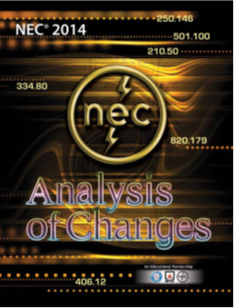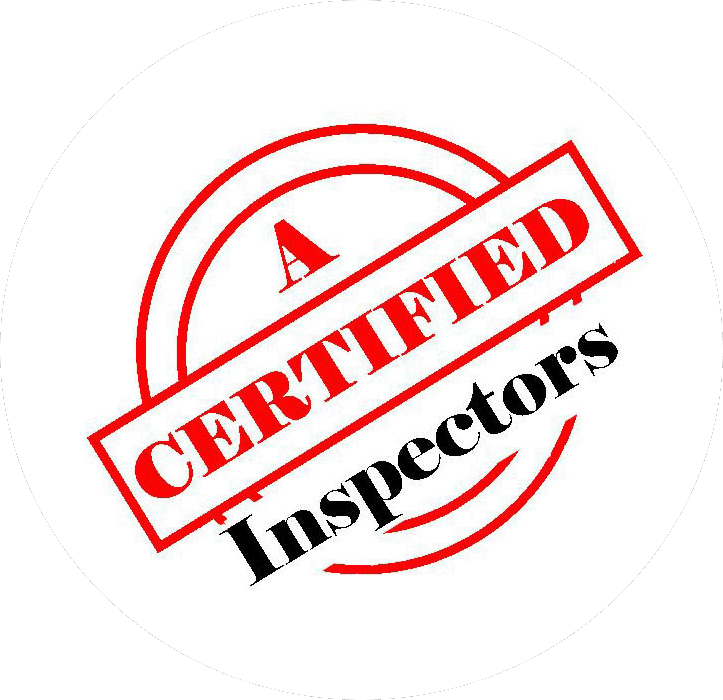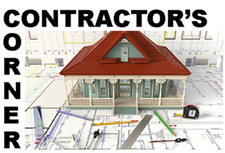Ever changing codes can drastically affect your bids and of course your bottom line. As the codes continue to change over time, we will attempt to bring you the latest changes, as well as an analysis of how these changes may affect your business.
Important Changes in the NEC 2014
The state has officially adopted the NEC 2014. As a consequence, all houses whose foundations were started after April 1, 2016, will be required to comply with the NEC 2014. The following is a very brief summary of several important changes in the NEC 2014. For more detailed information and analysis of all of the changes, please consult “Analysis of Changes NEC-2014”, produced by the International Association of Electrical Inspectors, Richardson, Texas. http://www.iaeimagazine.org/images/products/2014_Analysis_TOC.pdf
Article 100 Definitions: Readily Accessible – The words “to use tools” were added to this definition to further define what it means to gain access to readily accessible equipment.
210.8 (A) (7) GFCI – Dwelling Unit Sinks – This code has changed to include all dwelling unit sinks (including kitchen sinks). Now any 125V receptacle within 1.8 m (6 ft.) of the kitchen sink must be GFCI protected. This would include receptacles under the sink and refrigerator receptacles within 6 ft. It is unclear if this is applied to receptacles that are around a corner in an adjacent room, but within 6 ft.
210.8 (A) (9) GFCI – Bathtubs and Shower Stalls – This code change is similar to the previous change for dwelling unit sinks. However, this change will require GFCI protection (within 6 ft.) even when the bathtub or shower stall are in areas that don’t meet the Article 100 definition of a bathroom.
210.8 (A) (10) GFCI – Laundry Areas – This is a new code, rather than a revision of an existing one. This code requires that all 125V receptacles within a laundry room be GFCI protected, even if no sink is present.
210.8 (D) – Kitchen Dishwasher Branch Circuit – This new code requires GFCI protection for the dishwasher whether it is a receptacle outlet or a hard-wired connection.
210.12 (A) – AFCI Protection – This code revision now requires that AFCI protection be added to 120V outlets in kitchens and laundry areas, as well as devices (in addition to outlets) which would include switches.
210.12 (A) (1) through (6) – These code revisions are designed to facilitate a better understanding of where and how AFCI protection should be provided.
210.12 (A) (B) Exception – This exception was added to clarify that where branch circuits conductors are extended less than 6 ft., and no additional outlets or devices are added, then no AFCI protection is required.
210.12 (C) Dormitory Units – This new code requires that all 120V outlets in dormitory bedrooms, living rooms, closets, hallways, and similar rooms be AFCI protected.
210.17 (C) Electric Vehicle Branch Circuit – This new code requires that outlets installed for charging electric vehicles must be on their own branch circuit with no other outlets on that circuit.
210.52 (E) (1) and (E) (2) – Outdoor Outlets – These code revisions now require that outdoor receptacle outlets must be “readily accessible from grade” on all one, two, and multifamily dwelling units.
210.52 (E) (3) – Balconies, Decks, and Porches – This revision explains that the 125V outdoor receptacle outlet obligation applies only to balconies, decks, or porches that are attached to the dwelling, and that such outlets need only be accessible from, but not necessarily within the perimeter of the balcony, deck, or porch.
210.52 (G) (1) – Dwelling Unit Garages – These revisions require that garage branch circuits that supply garage receptacles must supply only garage outlets, and that each car space must have a receptacle.
230.30 (B) – Wiring Methods (Underground Service Conductors) – This new section modifies definitions within the existing section, and adds another subsection, which defines the wiring methods that are acceptable for underground service conductors.
250.24 (A) (1) – System Grounding Connections – This revision adds the terms “overhead service conductors” and “underground service conductors” were added as points where a grounding electrode conductor could be attached.
250.64 (B) – Grounding Electrode Conductor Installation – This revision makes clear that grounding electrode conductors and bonding jumpers are not required to comply with 300.5 for underground installations.
404.2 (C) – Switched Controlling Lighting Loads – These revisions reorganize this section to clarify where a grounded conductor would and would not be required at switch locations.
406.4 (D) – Receptacle Replacement – This revision adds language that requires AFCI and GFCI receptacles to be installed in a readily accessible location.
406.5 (E) – Receptacles in Countertops – This revision removes the words “in dwelling units”, thus receptacles can no longer be installed face-up in a countertop in any occupancy. In addition, listed assemblies can now be used on any countertop consistent with the manufacture’s instruction.
406.5 (F) – Receptacles in Seating Areas and Other Similar Surfaces – This new subsection was added to clarify that receptacles cannot be installed face-up in seating areas and other similar surfaces unless specifically listed for that application.
406.9 (B) (1) – Receptacles in Damp or Wet Locations – This revision requires that “extra-duty” enclosures be provided for 125V and 250V receptacles in all wet locations, including dwelling units.
406.12 – Tamper-Resistant Receptacles – The exceptions, found in subsections of this section, now apply to child care facilities, guest rooms, and guest suites of hotels and motels.
406.15 – Dimmer Controlled Receptacles – The revised section forbids lighting loads on a dimmer to be connected to a receptacle, unless it is specifically designed and listed for that purpose.
422.5 – Ground Fault Circuit Interrupter Protection – This new section requires that all devices, that provide GFCI protection to appliances, must be installed in a “readily accessible location”.
422.51 – Vending Machines – This revision requires all vending machines (even those that are hard-wired) must be GFCI protected.
590.4 (D) (2) – Receptacles (Temporary Locations) – This revision requires that “extra-duty” enclosures be provided for 125V and 250V receptacles in all temporary installations in wet locations (not just those supported from grade).

